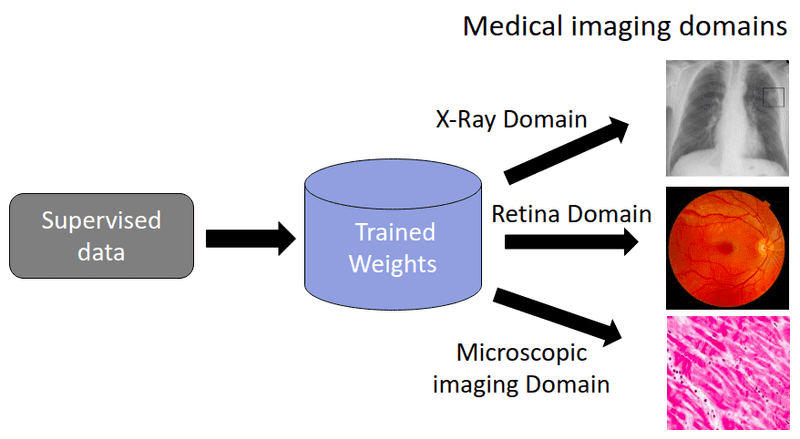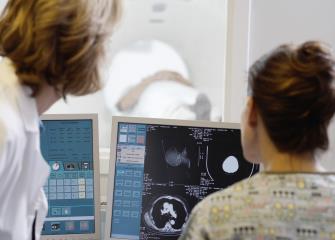

“Imagery may be defined as using all the senses to re-create or create an experience in the mind” (Vealey & Greenleaf, 2001). Building on the limitations of this definition, Vealey and Greenleaf (2001) developed a functional definition that simplified this poly-sensory experience. This definition is limited as it merely focuses on a single dimension of a multi-dimensional concept. Cox (1998) and Wann (1997) solely focused on the visual perspective and used terms such as “visualisation”, “mental picture” or “the minds eye” to describe mental imagery. In contrast with this definition, Denis (1985) emphasised that imagery is not limited to the mental recollection of past events but also refers to objects or events that have not yet been accomplished. Murphy (1994) believed that the process of mental imagery was reliant on the recollection of stored sensory experiences, which may be recalled in the absence of external stimuli.

Matlin (1989) and Solso (1991) comparatively defined mental imagery as the mental representation of a physically non-present object or event. Many definitions of mental imagery derived from sport psychology literature have tended to focus on only limited aspects of this ambiguous mental experience. In order to illustrate this phenomenon, sport psychologists have developed several conceptualisations over the past decade in relation to mental imagery in sport (Morris et al. Due to the ambiguity of this mental experience, there is still extensive debate about the characteristics and qualities used to define mental imagery. In some cases, what we imagine or recall can induce anxiety, reduce confidence and hinder performance (Morris et al. However, not all imagery has a positive impact. Imagery episodes like this have the ability to raise the athlete to the pinnacle of their performance. For example, a former AFL premier can recall the sound of the final siren on grand final day, the explosive applause from the crowd, and the taste of victory from the premiership cup. Athletes frequently experience such mental episodes. We often experience sights, sounds, smells and bodily sensations when experiencing these mental episodes. For example, an adult reminiscing on their childhood can recall the sound of their grandfather’s voice, the taste of their grandmother’s home-cooked apple pie, and the scent and warmth of their countryside home. We all use our imaginations to recall and create experiences in our minds. Mental imagery revolves around the power of the imagination. How do we define and conceptualise mental imagery in sport and performance psychology and what might be the problems or weaknesses with this approach?


 0 kommentar(er)
0 kommentar(er)
